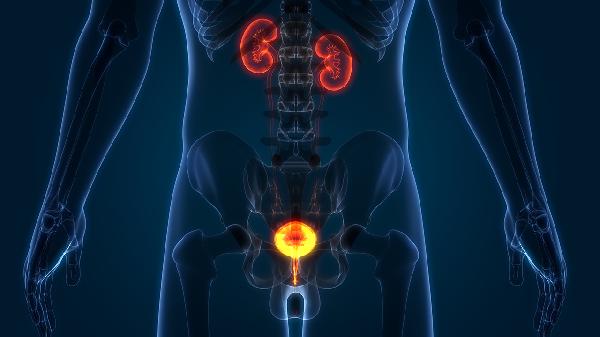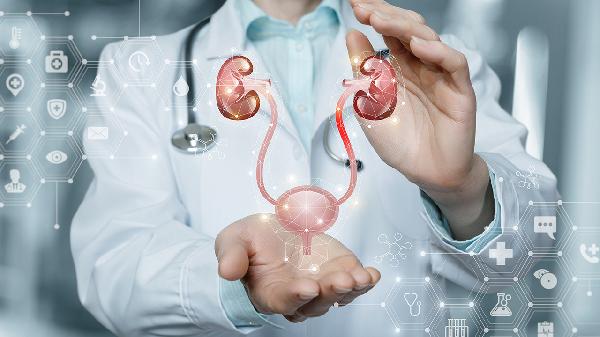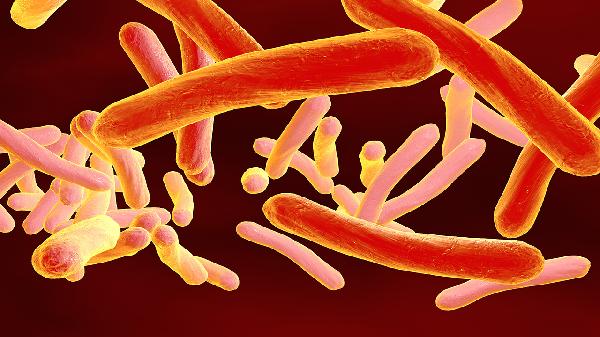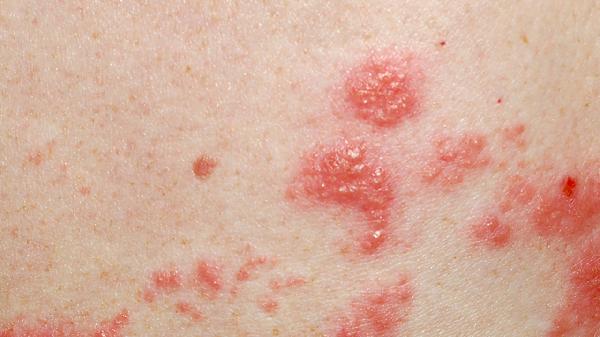Sexually transmitted diseases (STDs) are a significant threat to men's health. Gonorrhea and syphilis can develop in the eyes and mouth—yes, you heard that right! STDs don't just occur in private areas. If you've had unprotected sex and then experience inflamed oral mucosa, a red and sore throat, don't just assume it's pharyngitis or "heatiness"—you might have contracted an STD.

Experts warn: STDs can appear in various parts of the body.
Eyes:
Doctors explain that gonorrhea, commonly caused by promiscuity and poor personal hygiene, typically affects the genital area. However, due to carelessness and the high contagiousness of gonococcus, other body parts can also be infected. Gonococcal eye disease usually occurs when patients accidentally rub their eyes with contaminated hands. Symptoms include red, swollen, and congested conjunctiva, with a large amount of purulent discharge. In severe cases, keratitis can occur, leading to corneal opacity, ulcers, and even blindness.
Mouth:
Oral inflammation might start with a sore throat and mouth ulcers, with severely red oral mucosa, leading one to believe it's pharyngitis. Over-the-counter anti-inflammatory drugs may provide slight relief but not a complete cure.
Apart from oral mucositis, there might be no other symptoms, and the body might not show the typical syphilitic rash. However, after a few days, roseola-like "red rashes" might appear on the body and hands, and a blood test can confirm syphilis or other STDs.
Interestingly, the genital area might show no symptoms. This is why experts say oral sex can also lead to STDs. Doctors explain that if one's partner has syphilis and oral sex is unprotected, the oral mucosa can contract the disease. Symptoms like mucositis and small ulcers, similar to pharyngitis, can appear within two to three days after oral sex. Meanwhile, using a condom during intercourse might prevent genital infection.
Experts remind us that even if syphilis initially infects the genitals, it often presents as one or several red papules or nodules, known as syphilitic chancres, which are painless and often ignored. Once they ulcerate, they are highly contagious but heal quickly, leading many to think they're "cured." Since primary syphilis is short-lived, causes minimal damage, and is painless, it often goes unnoticed and untreated.
Hands and Feet:
In reality, the syphilis spirochete can spread through the bloodstream to various organs. Three to four months after the appearance of chancres, secondary syphilis develops. Some patients might skip the chancre stage and directly enter secondary syphilis. The most common manifestation of secondary syphilis is skin and mucosal changes, with dark red macules appearing on the palms and soles. Additionally, flat condylomas might appear in the genital and anal areas, along with oral mucosal leukoplakia and moth-eaten alopecia. Dermatologists often say syphilis can "mimic" many skin diseases. These lesions are usually painless but contain large amounts of spirochetes and are highly contagious.
Unusual Sites of STDs:
In recent years, with changing lifestyles and unconventional sexual practices, STDs have appeared in various unusual locations. For instance, a man discovered small bean-sized bumps on his tongue and sought medical attention. After a dermatologist's consultation, it was diagnosed as oral condyloma acuminatum.
Armpits, Gums:
In clinics, patients often present with syphilis, condyloma acuminatum, or gonorrhea in the mouth. In fact, any thin mucosal area can be infected through unprotected sex. For example, some patients have condyloma acuminatum in the anus, which is likely due to anal sex. Additionally, condyloma acuminatum can appear on toes, armpits, breast edges, gums, eye corners, and nostrils, all related to specific sexual practices.
Throat:
Apart from the genitals and eyes, gonorrhea can also infect the throat, causing gonococcal pharyngitis, characterized by throat discomfort, local congestion, swollen tonsils, and purulent discharge, often transmitted through oral sex.
Anus:
Another common form is rectal gonorrhea, often seen in homosexual men who engage in anal sex, presenting with anal burning, pain, purulent discharge, and surrounding redness, rupture, and erosion.
Due to these unusual sites, STDs can be easily misdiagnosed. Therefore, those with a history of unprotected sex and related symptoms should seek medical attention promptly and provide a detailed history for accurate diagnosis and treatment. Experts emphasize that the most effective prevention is to practice safe sex and maintain good hygiene.
Common Misconceptions About Syphilis:
1. Sexual Transmission is the Only Route:
While sexual contact is the primary route, syphilis can also spread through indirect contact, such as sharing contaminated items or touching broken skin.
2. Not Washing Hands After Using the Toilet Won't Spread the Virus:
Syphilitic rashes can appear on fingers, lips, and eyelids, and even a small hand injury can lead to transmission if not washed properly.
3. Using Condoms Completely Blocks the Virus:
Condoms reduce but don't eliminate the risk, as syphilis can still spread through other means.
4. Symptoms Disappearing Means It's Cured:
Syphilis requires both clinical and serological cure. Untreated, it can progress to secondary or latent stages, remaining contagious.
5. Antibiotics Alone Can Cure Syphilis:
While antibiotics are effective, the choice, dosage, and duration are crucial. Long-acting penicillin is the preferred treatment.
6. Syphilis Provides Lifetime Immunity:
Reinfection is possible, so those who've had syphilis should still practice safe sex.
7. Trusting Unlicensed Practitioners:
Many fall for quick-fix claims by unlicensed practitioners, leading to financial loss and delayed treatment.
8. Sexual Health Paranoia:
Some overreact to normal bodily sensations, attributing them to past STDs, leading to unnecessary anxiety.
9. Skipping Comprehensive STD Tests:
Multiple sexual partners increase the risk of multiple STDs, making comprehensive testing essential.
10. Treating Only Yourself, Not Your Partner:
Both partners should be treated to prevent reinfection and the development of drug resistance. Open communication and joint treatment are crucial.
























